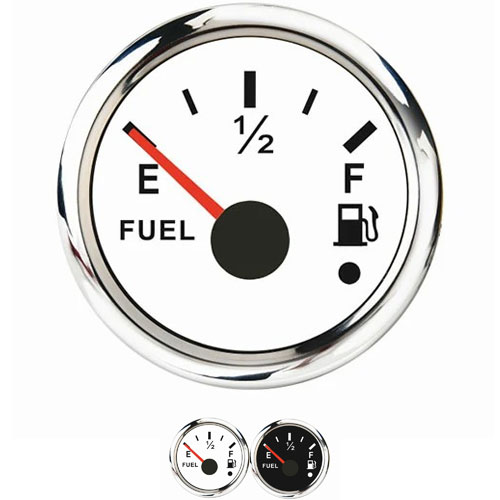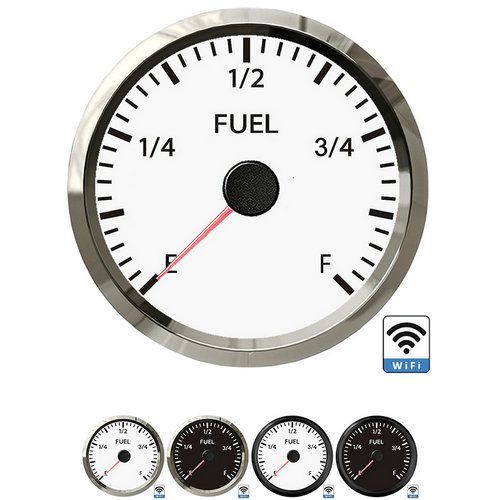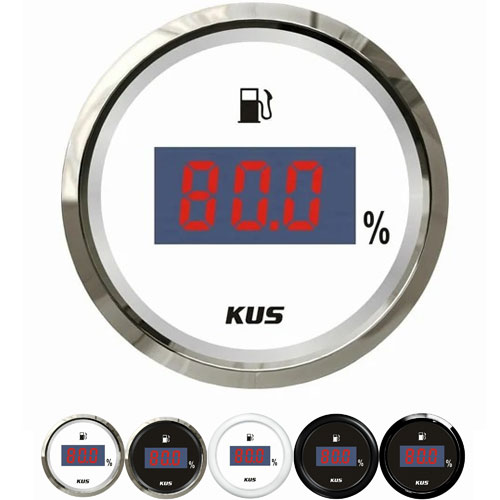fuel level gauge cause no start
Fuel level gauge failures are caused by:
1. The problem of the oil meter itself. The failure of the fuel gauge itself will lead to the situation that the fuel gauge does not move or is inaccurate. The way to judge is that the fuel gauge pointer does not deviate for about half a minute after the ignition switch is turned on, or the pointer swings randomly and the fuel gauge pointer is out of alignment. , indicating that the fuel gauge is faulty;
2. Sensor failure. When the sensor fails, it will also cause the fuel gauge to not move. The method of judgment is to clamp the multimeter pen on the two wiring piles of the fuel sensor variable resistor, and use the Rx1Q gear to detect the resistance value of the variable resistor. If the result shows that it does not meet the standard, the sensor is faulty;
3. The instrument coil is short-circuited. The short circuit of the instrument coil will also cause problems with the oil meter. The simple way to determine the new value is to use a multimeter to measure the voltage, namely can.
Why cause no start:
1. The blockage of the fuel pressure regulator will cause the mixture to be too rich, the vehicle will be underpowered, or even unable to start the car. The fuel pressure will be high or low, and the engine will not be able to refuel. In this case, the fault light will generally turn on, resulting in increased fuel consumption, high idle speed, etc.;
2. The fuel pressure regulator is generally installed on the fuel return pipe side of the fuel injector rail. It has two functions: one is to adjust the fuel pressure of the fuel supply system to keep the difference between the system oil pressure and the intake manifold pressure constant (the set value is generally 300kPa); the other is to buffer the pressure generated by the fuel pump when supplying fuel. Pressure fluctuations caused by pulsations and intermittent fuel injection from the injector;
3. The oil pressure of the fuel system has a direct impact on the mixture concentration, so the fuel pressure should be checked first. The method is: first connect the fuel pressure gauge to the fuel pipeline, then start the engine and measure the fuel pressure. If the fuel pressure is too high, the pressure regulator should be replaced;
4. When the pressure is too low, clamp the oil return hose. If the fuel pressure rises to the normal value, the fuel pressure regulator is damaged. Otherwise, check the fuel pump and fuel filter. After shutdown, check that the fuel pressure should be kept at the specified value for 5 minutes, otherwise it means that the fuel injector leaks and the mixture is too rich.
 English
English 






Get a Quote / Info